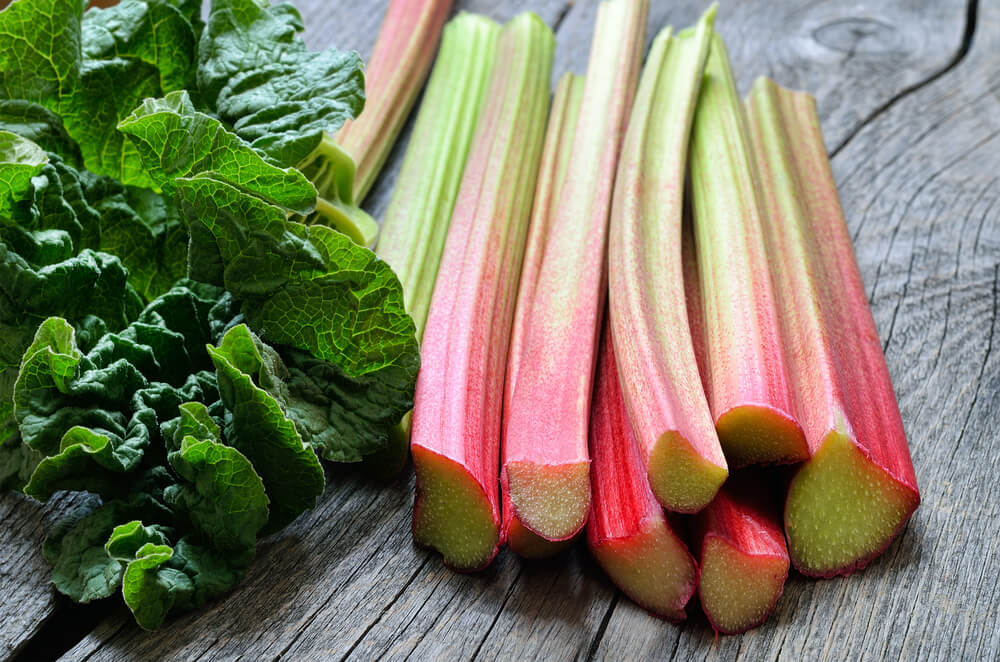
Rhubarb is a hardy perennial which is easy to grow and very hardy in dry climates. It is actually only required a brief cold snap to yield the greatest quality crops. A healthy rhubarb plant tends to stay prolific for more than 10 years, so, therefore, it makes an excellent investment in any home. The rhubarb leaves are very dark green, somewhat like cabbage, so do not be concerned if they turn purple during the final summer. They can also be eaten raw.
For those people who live in very cold climates, a rhubarb plant offers a fantastic alternative to winter crops. There are two types of rhubarb, which can be grown in the home garden; soft tubers and the harder bidding. If you plant the hard tubers early in the season, during the first month, you should be able to harvest them before the first frost. The majority of rhubarb varieties are now generally available year-round but it is still important to check with your local nursery to ensure you are ordering the correct one for your area. The tubers can usually be found in late winter or spring and the beddings are best planted in the late summer.
When you are preparing the soil for the rhubarb plant, you should be careful not to add too much lime as this can kill the plant. So, once you have removed the weeds, the soil should be moist to the touch. You should prepare the soil by using a garden fork to break up the soil into fine pieces, roughly half a foot deep. This allows for the even distribution of the nutrients in the soil. Once the soil has been prepared you should then plant the rhubarb plants. They need about three feet of open ground to be able to grow comfortably.
It is best to plant the rhubarb plants after they are established and about two to three weeks old. They will begin to form new leaves and stems, depending on the time of year, so if you have not found them in the garden by then, try searching for them in the autumn leaves of trees or under rocks. If you search in the spring you will find them in full bloom. This is also a good time to fertilize the plants.
The rhubarb plant requires annual feed, which can be added in the first year. As it matures, it will need more feed, in particular when it reaches about three feet in height. When you are trying to determine the exact date, you should start to feed the plants, as they will need it to help them spread their rhubarb leaves and begin to form new growth. Feeding them during the fall will encourage the production of the new shoots and you will have a harvest in the first year.
The best time to prune the plants is when the berries have fully grown, as this will assist in getting the most from them. Pruning can be carried out into late winter but is better carried out before the first frost. The best time to harvest the rhubarb stalk is in the spring after the plant has produced the first set of leaves and the stems have grown about an inch high. The best time for harvesting the leaves is in summer, but not in autumn. The leaves will turn yellow, as the plant goes through its dormant period. This is also the time to cut away any broken or damaged stems, which will allow the vines to have room to grow healthy and strong.